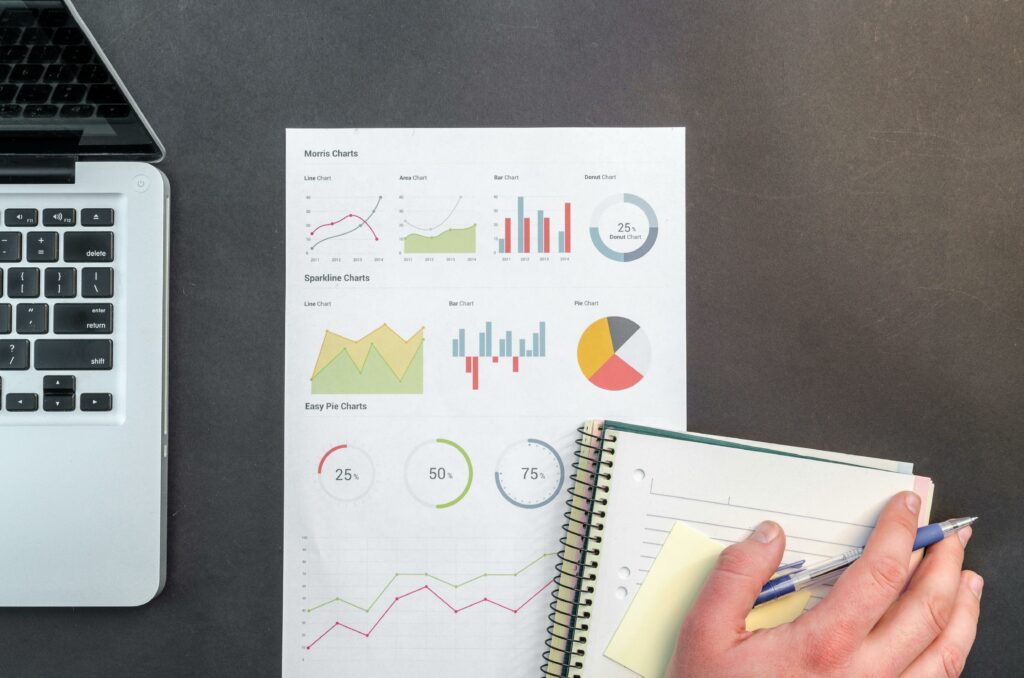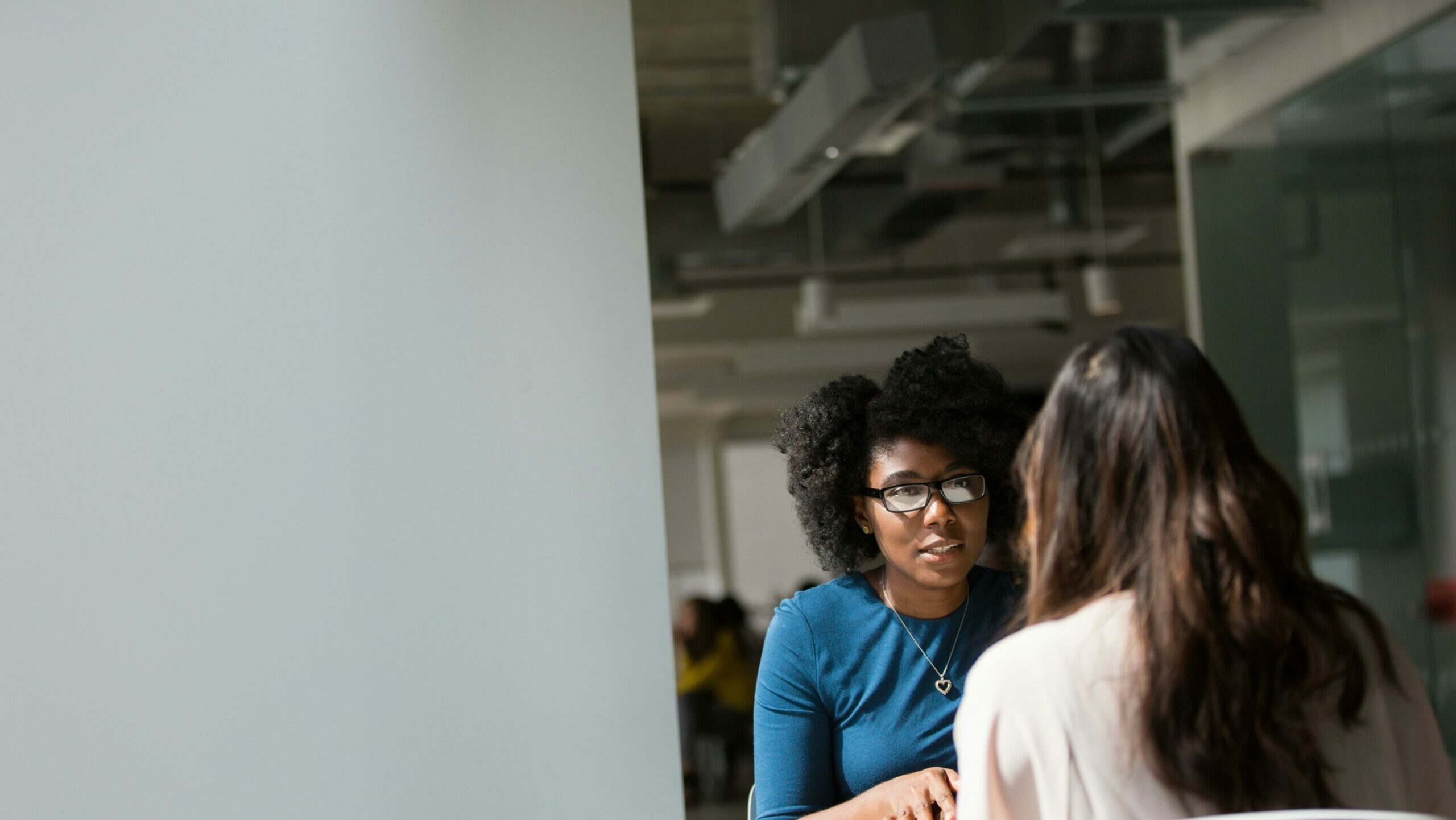How to Use Data Analytics to Help Students Do Better in School
Think about what it would be like if teachers could see into the future and know which kids would have trouble, what areas need extra attention, and which ways of teaching work best. Data analytics is like the crystal ball, but without the magic and with a lot more spreadsheets. Educators may find hidden patterns, tailor learning to each student, and help them succeed like never before by using data.

The first thing to do is get the appropriate data:
It’s not simply about how well you do on tests (though that is important). Attendance records, levels of participation, rates of assignment completion, and even how long students spend on digital learning platforms can all give you useful information. When you put all of this information together, you can start to detect patterns, like whether a student is really getting better at a subject by studying late at night or whether they’re just zoning out.
The true fun starts once you get the data:
Making the numbers work for you. Learning analytics can help teachers find children who are at danger early on, so they can help them before tiny problems turn into huge ones. For instance, if a student’s quiz results suddenly go down and their login times suggest that they aren’t using online materials very much, that’s a sign that something is wrong. A brief check-in or a study plan made just for you could make all the difference.
Data analytics really shines in personalised learning
Data helps teachers change how they teach because no two students learn the same way. If half of the class did well on the algebra quiz but poorly on the geometry quiz, it might be time to change how you teach those shapes. Tools like adaptive learning software can even change the level of difficulty in real time, so students are always challenged but not too much.
Also, don’t forget about enhancements that affect the whole picture
Schools and colleges can use data to find out which programs are effective, where money is being spent, and how to better help teachers. The data can show that students do better in morning sessions or that lessons that are interactive help them remember what they learnt. These ideas assist make policies and courses that are better.
Data is not a replacement for human connection; it is a way to make it better
The idea isn’t to make education into a robot-run algorithm. Instead, it’s to give teachers superpowers so they can identify what’s working, improve what’s not, and offer every student the best chance of success. So, if you work in education, are a teacher, or just love statistics, now is the best time to let the numbers guide you.







